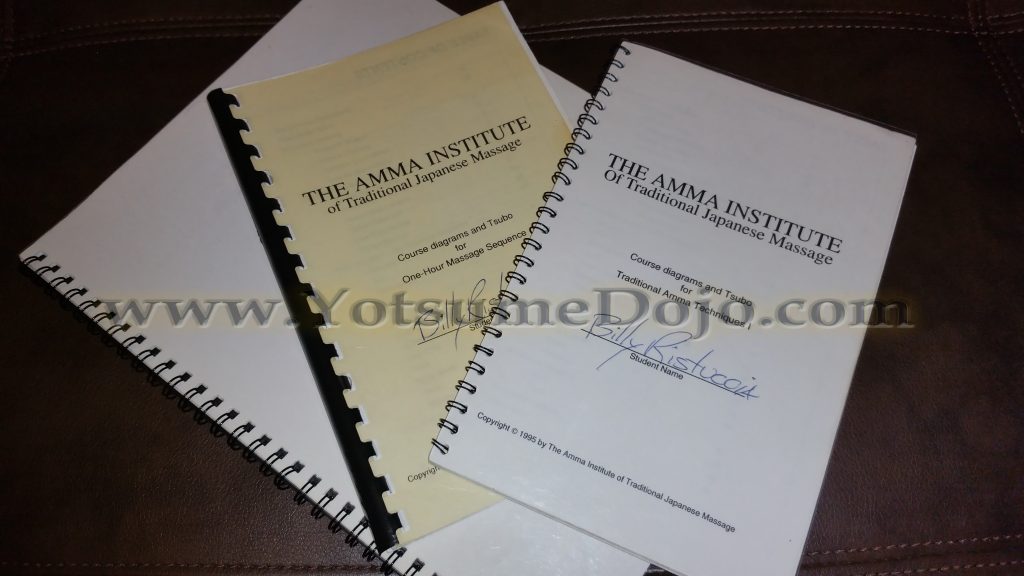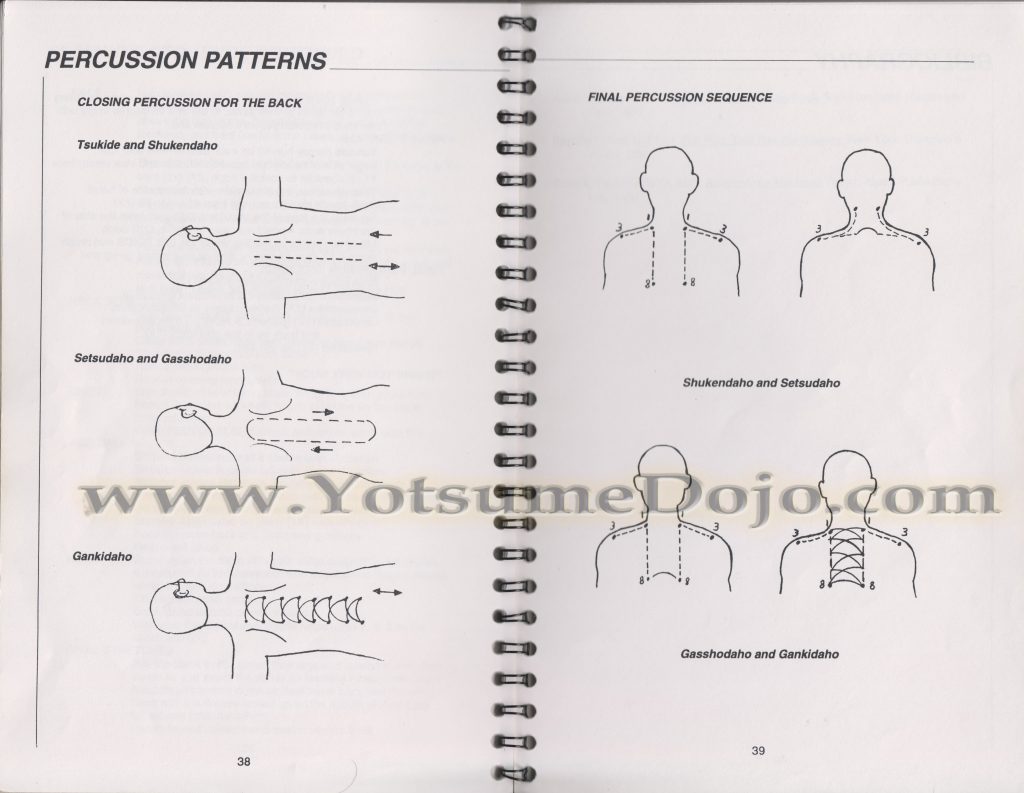The Anma Institute
of Traditional Japanese Massage
From 1991 through 1996 I attended the Anma Institute and graduated from various courses in Anma 按摩 (Traditional Japanese Massage). This training would mark the beginning of my life’s work in the pursuit of authentic Anma training in Japan. The Anma Institute was originally setup by Takashi Nakamura, a Anma practitioner from the Kansai Shinkyu Tanki Daigaku 関西鍼灸短期大学 (School of Massage, Acupuncture and Moxibustion) in Osaka, Japan, to provide a local source of Anma therapists for the then only Japan sanctioned hot springs in the United States located in Japan Town San Francisco, California. The Anma Institute was located above the hot springs within the Kabuki Theater where we use to train. The first owner of the Anma Institute went on to create the first ever designed massage chair in the world where he taught how to utilize Anma techniques for “on-site” massage and provided wellness programs for various business and their employees.
Kabuki Springs and Spa Website:
http://www.kabukisprings.com
Development of Anma in the USA:
Traditional Anma was first formally introduced to the United States in 1971, with the opening of Kabuki Hot Springs in Japantown, San Francisco, California. Designed as a traditional Japanese spa, Kabuki Hot Springs employed sighted Anma practitioners who had been trained in Japan and brought to the United States to work in the new spa. By 1977, the owners of the Hot Springs wanted to develop a local source of qualified practitioners. They asked Takashi Nakamura, a Anma practitioner from the Kansai School of Massage in Osaka, Japan, to open a school in San Francisco. Although he taught Anma, the school was originally called the Kabuki Shiatsu School of Massage.
After the closing of the Anma Institute I created my own school “SOJHA” (School of Japanese Healing Arts) to preserve the original curriculum of the Anma Institute and to accurately represent the various authentic remaining traditions of Koho Anma which I study directly in Japan with my current teachers. The old way of Anma training and transmission from teacher to student should never be lost or changed!


